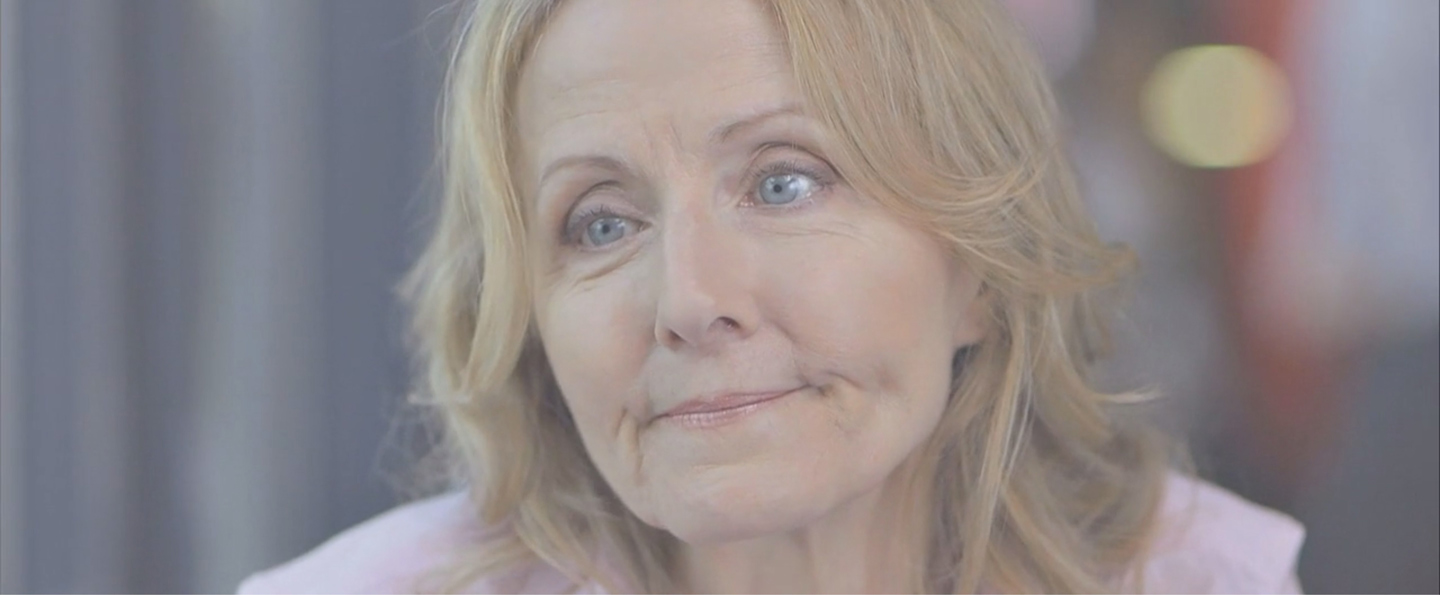
Yesterday’s celebration of the women who birthed and raised us once again provided the perfect opportunity to declare our immeasurable thanks to those special people who are, and will remain our first loves. But what of those for whom ‘mother’ could just as easily be interchanged with ‘stranger’? In Chris Shimojima’s character piece 6-minute Mom, a woman reconnects with her absent mother and discovers that even the sturdiest of emotional walls can be breached. DN speaks to Chris about the challenges of visualising the internal conflict a character is desperately trying to hide.
We know that your mom’s excellent location management skills alone mean 6-minute Mom isn’t an autobiographical piece. Where did the idea for the film develop from?
Yes, for my short JT vs the Good Guys, my mom took the red-eye across the country in order to help save our shoot. She is the type that would be extremely eager to stick around (sometimes overstay) and help in any way she can. I was feeling the need to do a small, contained chamber piece. I had to get back to the basics… At heart, I want to do intimate character work and express it in dramatic ways, and here that translates into something that builds to a cathartic release in a short timeframe. And perhaps from all my years watching Bergman films, I felt it should revolve around a strained family relationship.
There’s a great pull of tensions as your lead battles to remain the powerful woman she believes she is versus the abandoned girl that lies at the root of all her insecurities. How did you go about capturing that dynamic when crafting the script?
I brought on my friend and producer Trevor Joyce early on, and he read a draft, which, among other things, did not have any voiceover. His concern was, how would I make this into something that was more than just two characters sitting and chatting? How do you visualize that conflict more? I don’t think I ended up going totally visual, but bringing in the voiceover elevated the piece in a similar way for me. It helped establish a style, and it created a contrast between what you hear and what you actually see in Jenny’s performance.
Speaking of Jenny Murray, she does a beautiful job of conveying the broiling emotions her character experiences. How did you direct her to choreograph that internal battle?
That was the funnest part. Throughout rehearsals, we had to keep reminding ourselves that she should not indicate any neediness. She should do whatever she could to cover up these feelings and allow the camerawork, the dialogue subtext, and the music to highlight her emotions instead. That way, when her outburst finally comes, it is sudden, something ripped from her control. Not sweet or sad, but angry.
Internal dialogue as voiceover can be tricky to get right. Was that an aspect you approached with caution?
It was, but I tried to use it to maximize the conflict. Not as the usual reliable internal monologue, but as a facade. It’s like she’s giving a speech that projects onto us the identity she wants. It’s about saying you’re one thing, but feeling another. Or through a more positive lens, no matter how much we say we don’t care, sometimes we’re just humans with a heart and memories.

The film has an appealing, clean aesthetic. How much of the look was born out of the location?
That’s all AYZA Wine & Chocolate Bar. They have two locations in New York City, and the West Village one turned out to be just what I had in mind. Lots of huge windows with strong natural light and a a great view of the NYC street. DP Cory Dross brought up the shadows as much as possible (tricky, competing with the daylight outside) so that we would have a very bright, low-contrast image.
The building tension that leads to Jenny’s explosive plea is definitely heightened by Ljova’s score. What references did you share to arrive at the sound you wanted?
One of Ljova’s pieces was actually a reference track I used in the edit early on and it happened to work really well. From there, we talked about creating a simple build. Simple because I felt that relying on repetition would raise the tension and give it a subtle ticking-clock feel. There’s a section in Boogie Nights where the score is just two notes playing repeatedly for several minutes, and it was very effective. Parts of Paul Thomas Anderson’s Magnolia and There Will Be Blood also do this well. It was also about keeping the sound slightly optimistic. When we think of tension, we think of dissonance, but here, I felt the music should reflect the positive side of an emotional release. It’s not so much about their relationship as it is about the woman finally giving way to herself.
Can you tell us anything about the projects you have coming up?
I’m working my way into directing commercials. And there’s still a feature film I’ve been dreaming of making, trying to raise funds for it now. A twisted love story that will actually give you the feeling of falling under a spell.


